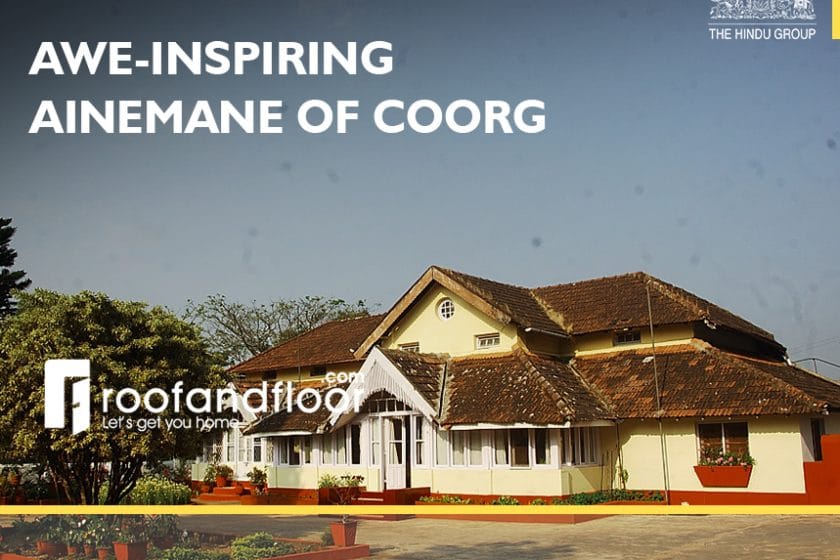The joint family system that prevailed in India gave rise to some spectacular architecture. The Kodavas from Coorg housed their large families in homes they called ainemane. The property, called okka, was passed on from one generation to another in its original form. With the introduction of British rule, properties began to be divided amongst smaller family units. This gave rise to the independent homes that one sees in the region today. Ainemane are traditionally east-facing homes since Kodavas subscribe to Vastu Shastra.
Layout
The approach path to an ainemane was called oni or mummadak oni. It was a narrow winding path that led to the main house. Traditionally, there were three bends in the oni to prevent unfavourable people from getting a clear view of the main house. Along this pathway, there usually was an ancestral shrine or kaimada. The end of the oni brought one to the courtyard or patti. The courtyard didn’t have compound walls. Instead the periphery was marked by the outhouses and the main house.
The centre of the courtyard had the kalbotti, which was a small stone pillar. Otherwise called the sutrakhamba, a lit lamp was kept on it after sunset. The kalbotti was also used to anchor bullocks before a paddy trading trip, facing the ainemane so the family deity may bestow blessings. Paddy threshing was also done in the patti by tying the bullocks to the kalbotti and having them go around it.
Beyond the courtyard, there was a verandah called the kaiyale. Past the verandah there was a central hall. Rooms and the kitchen flanked the central hall. The first floor mainly featured an attic. Ainemane had pyramid-shaped sloping roofs which conveyed a sense of grandeur and awe. The roofs of the outhouses were built in such a way that they didn’t overshadow or outdo the grandeur of the ainemane roof.
Materials
A raised plinth made from compacted earth was used as the base to build the ainemane. The walls were built with a combination of mud, rice husk and resin which were shaped into blocks. These blocks were laid to a height of two or three feet before curing. Once the desired height was achieved, the walls were plastered with coloured mud mixed with resin, cow dung and other components.
The ainemane were typically built to accommodate large joint families. Paddy fields surrounded the ainemane providing sustenance and livelihood. Today, most families have migrated to cities for better career prospects and the ainemane are either scarcely occupied or not in existence.


Hey Nisha! Would love to see some images of whatever you’ve described